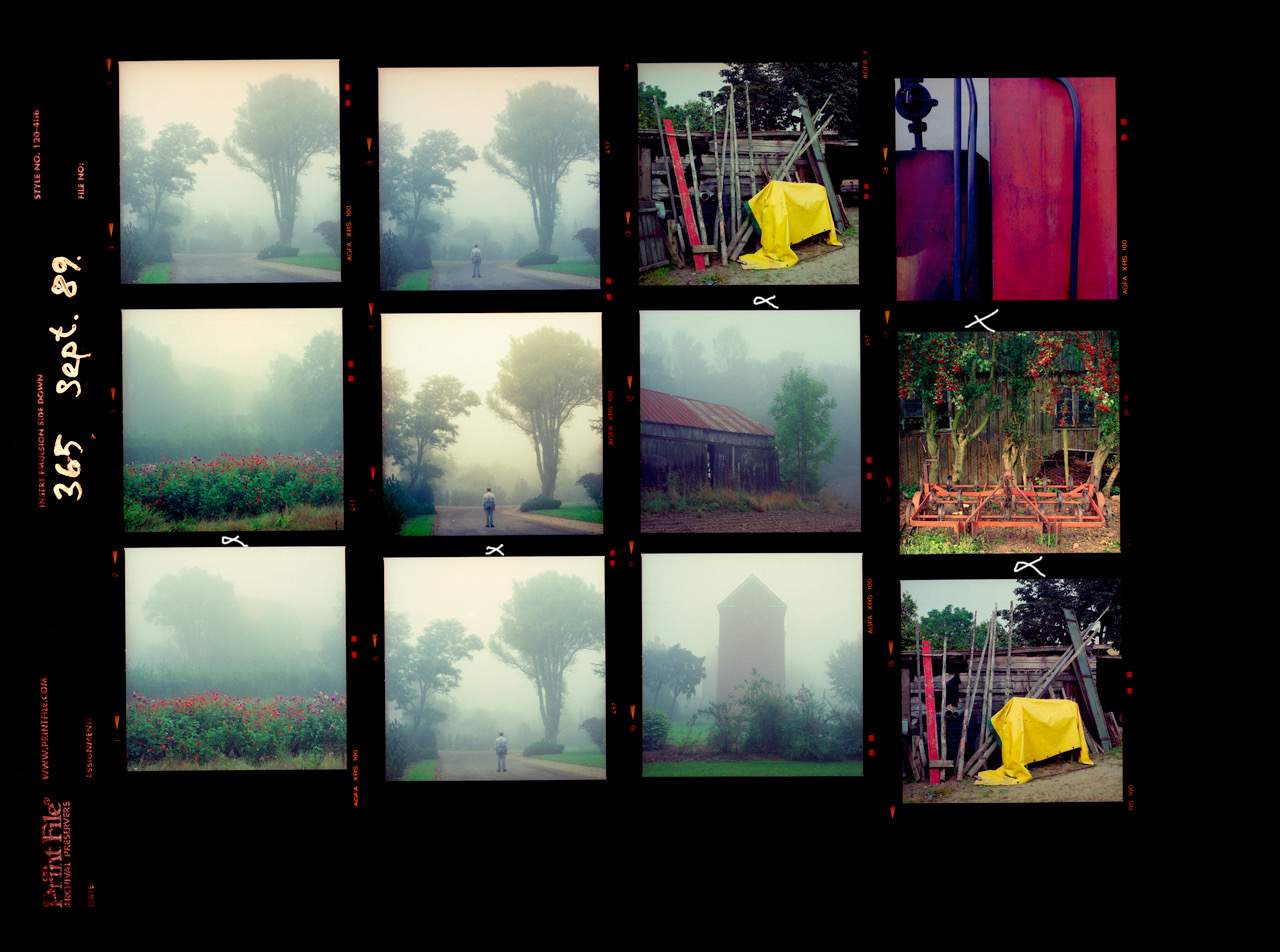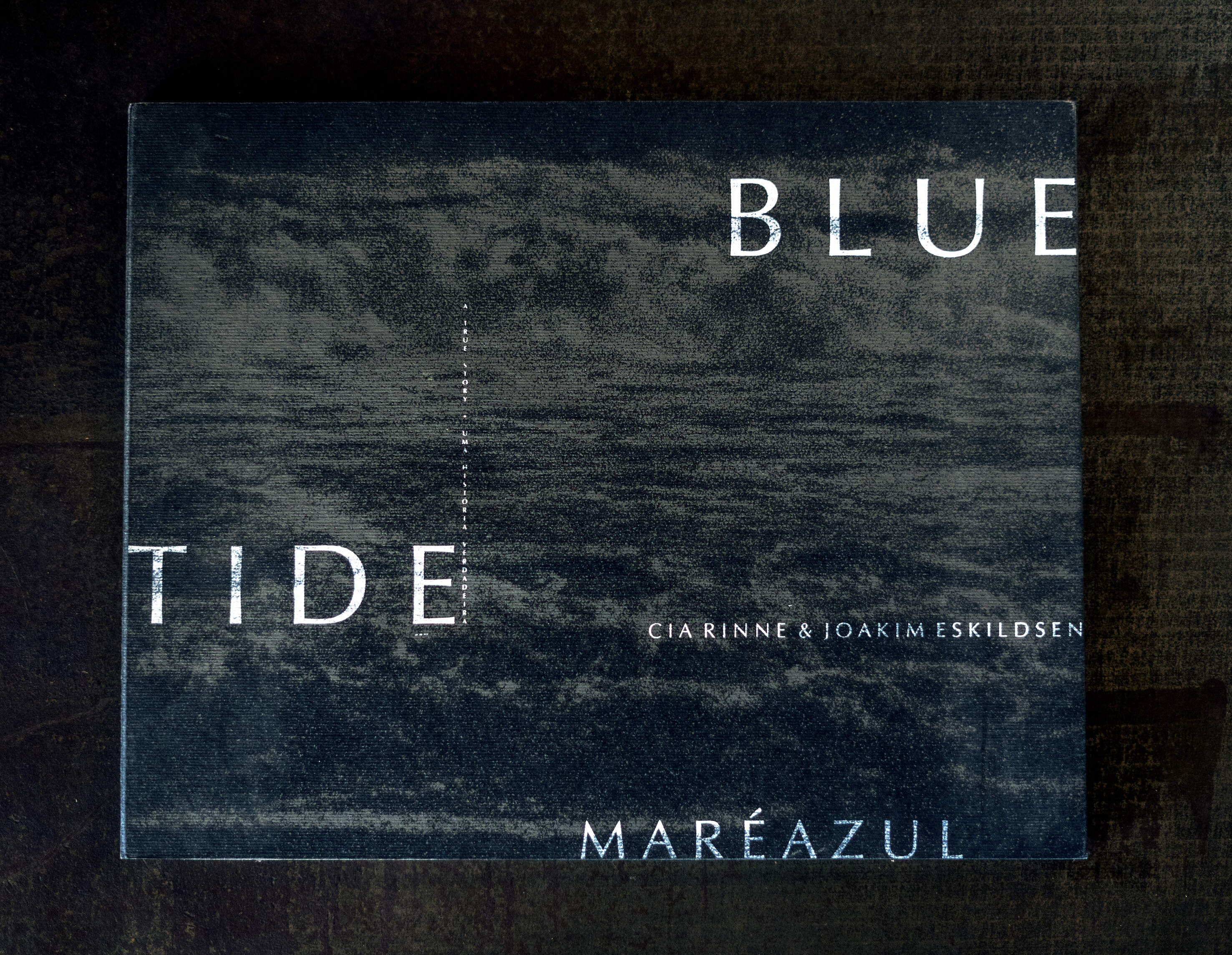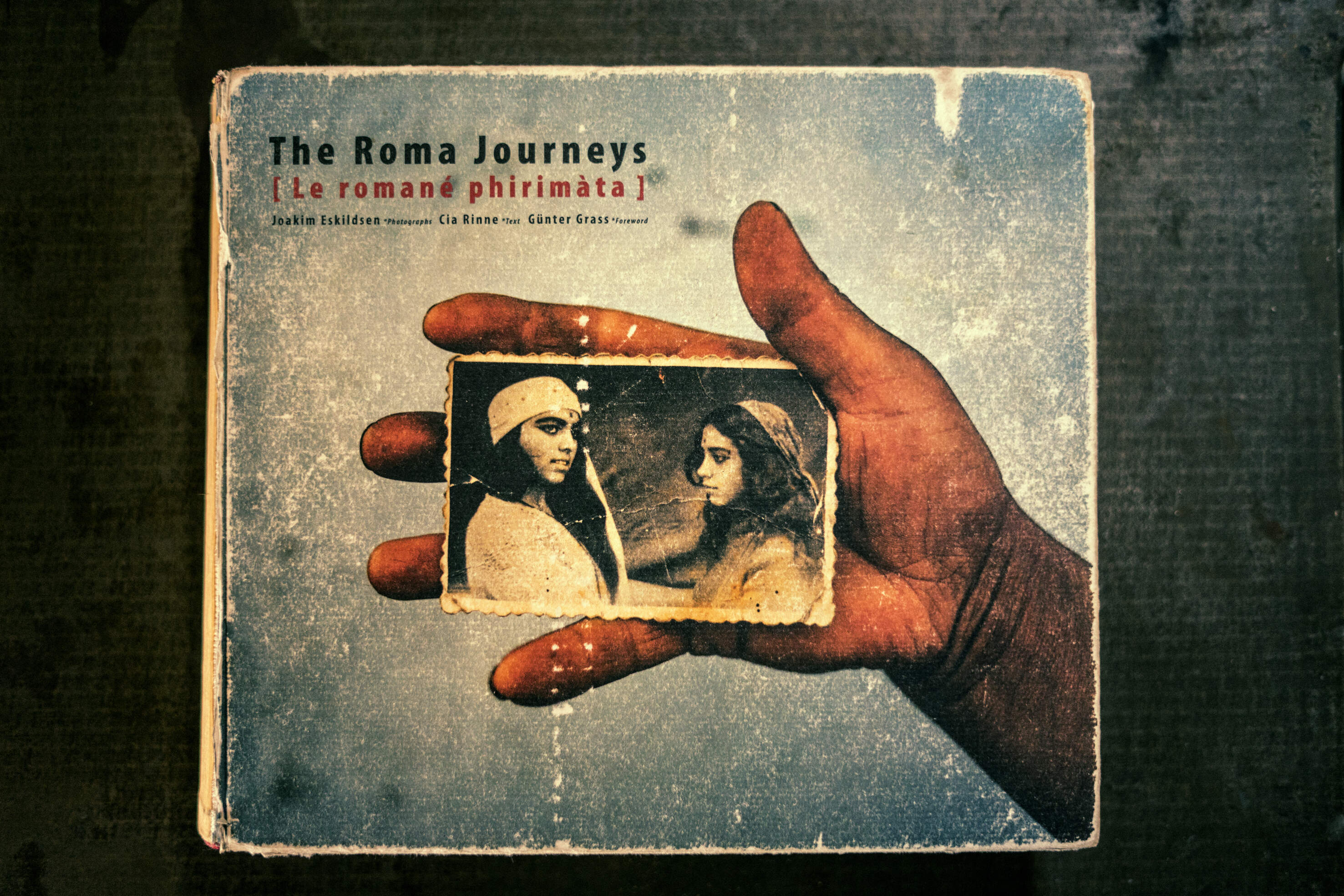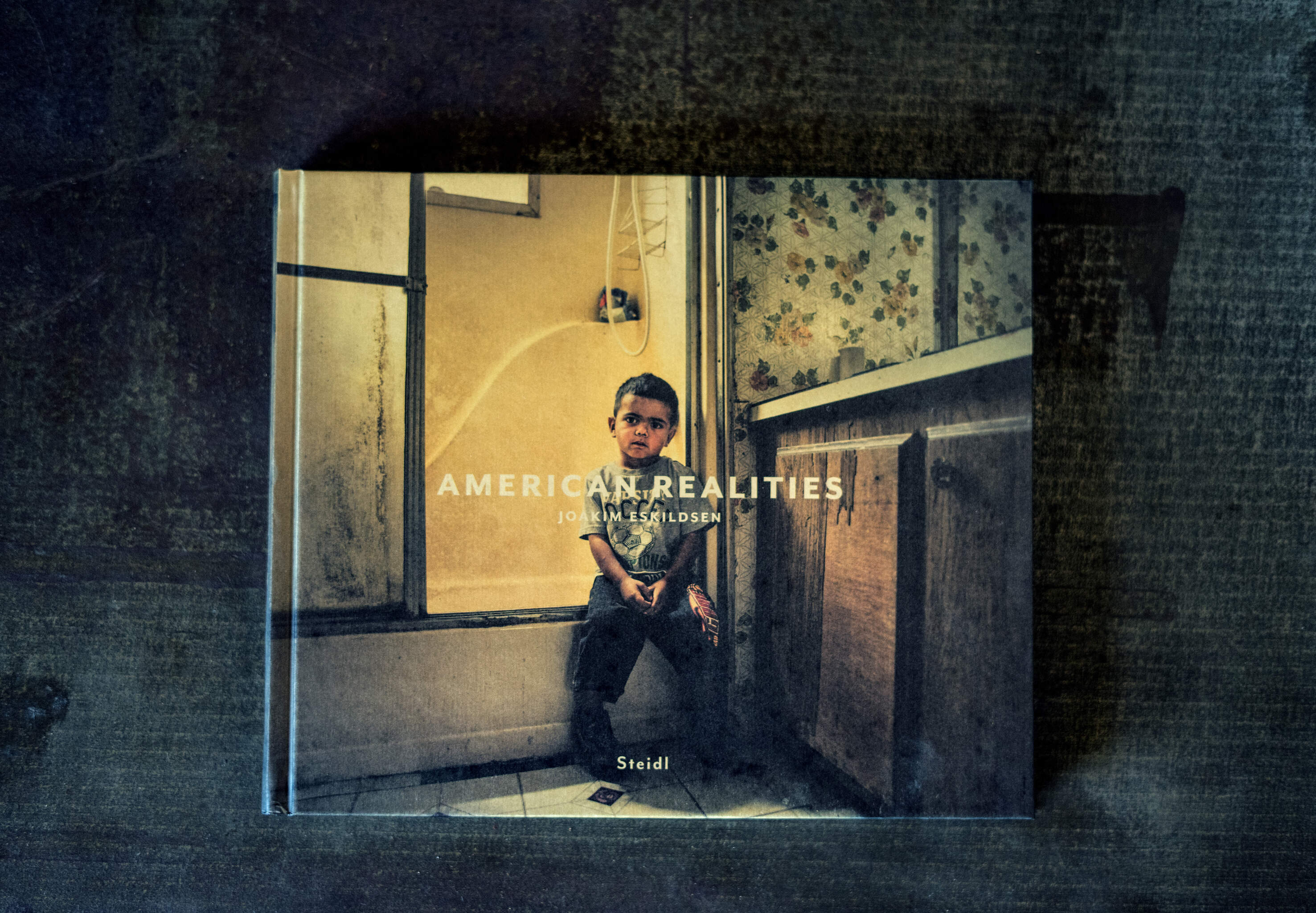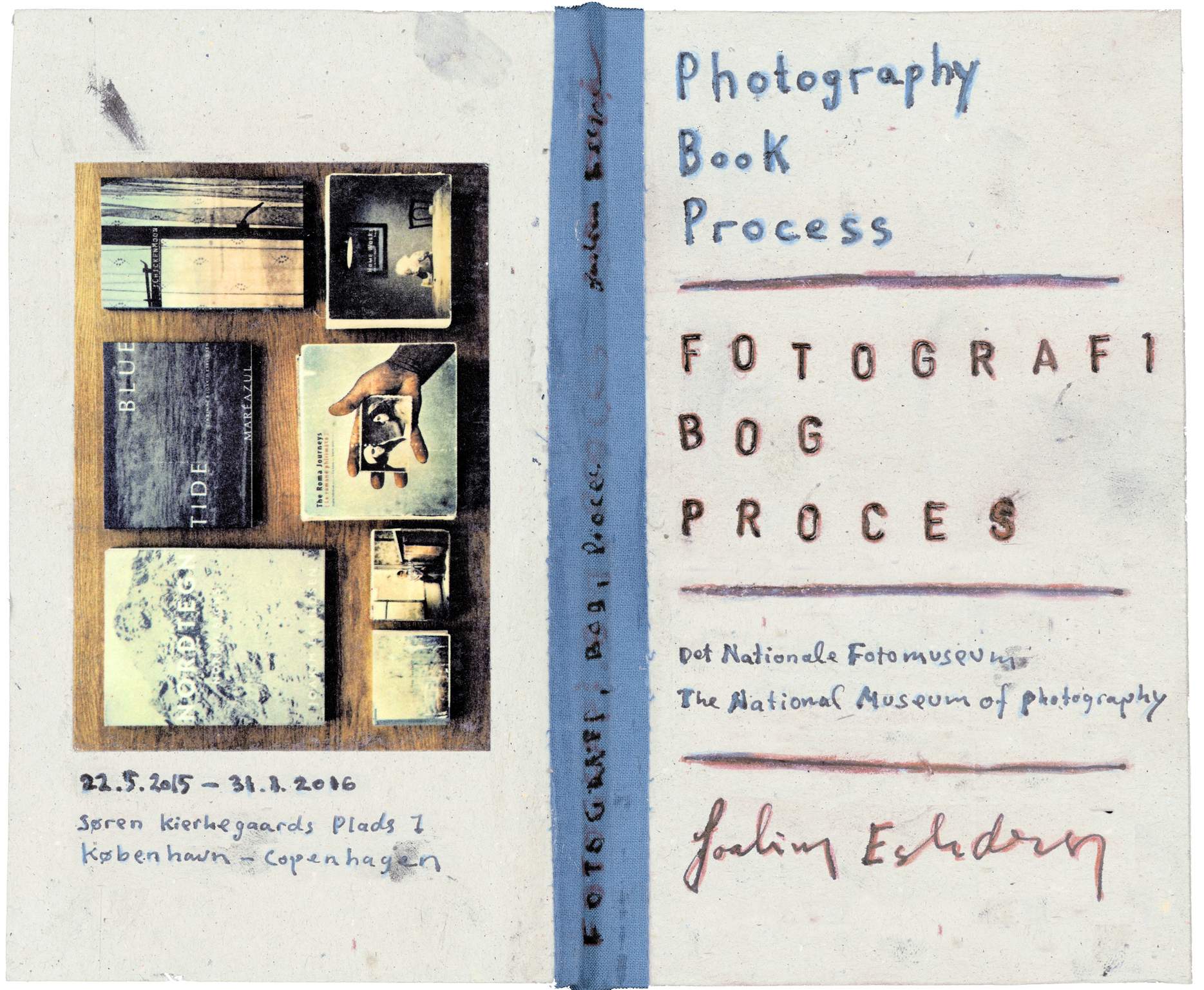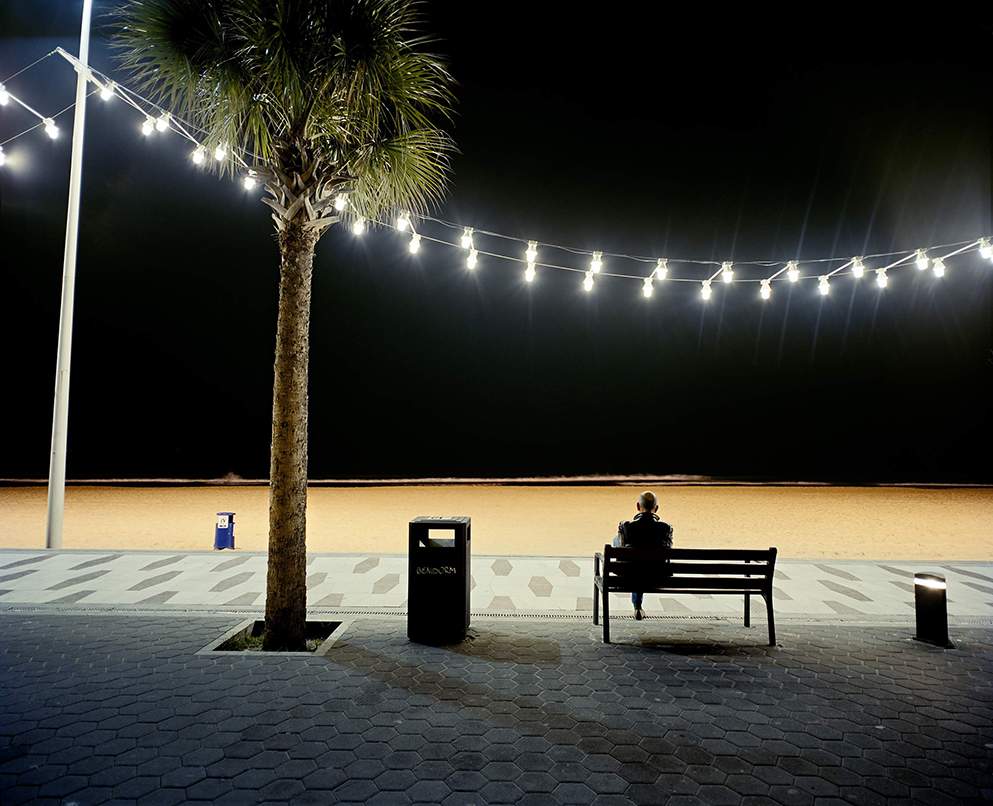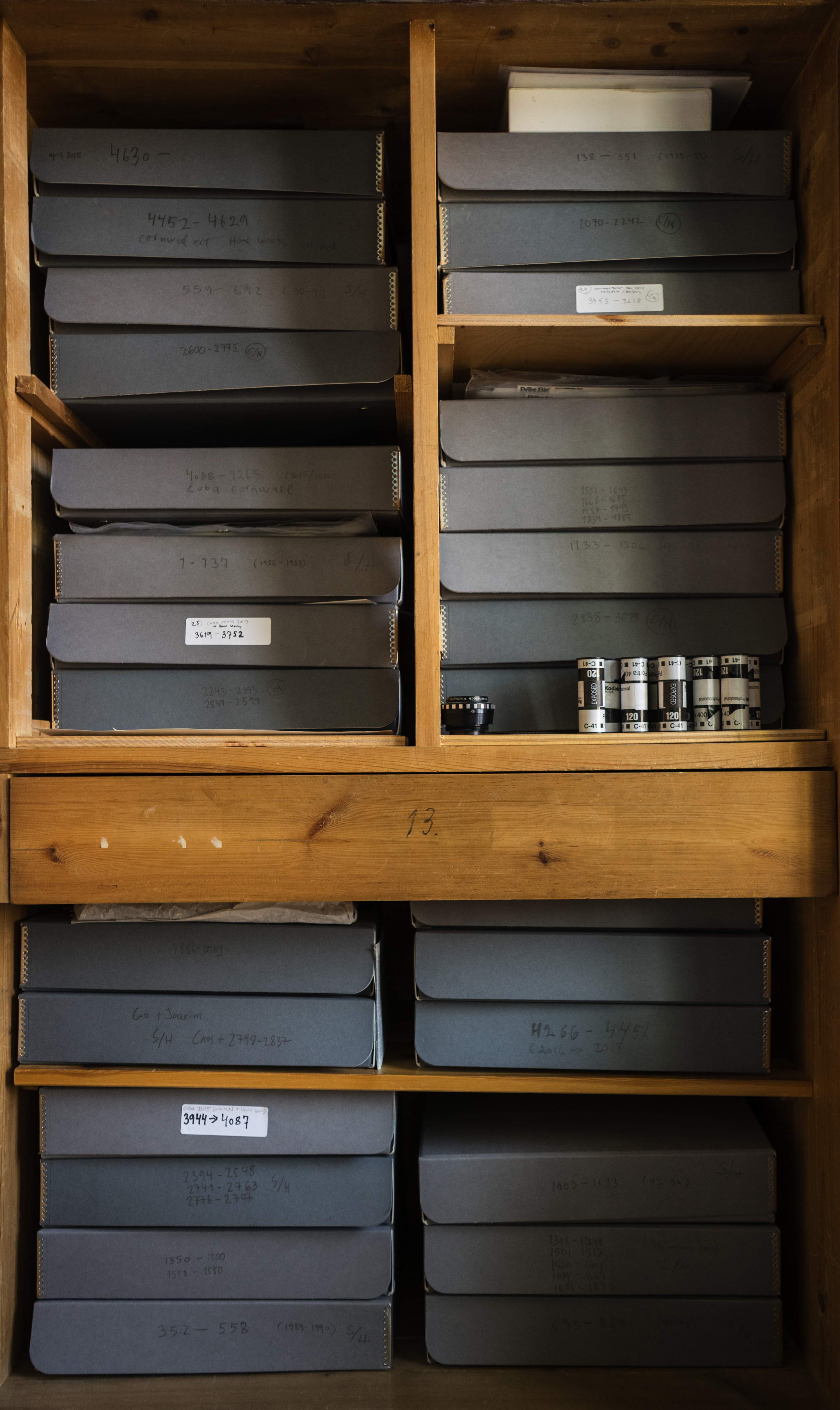Joakim Eskildsen
My interest in photography started when I was fourteen years old. My brother had learned to print pictures at school, and we both tried to make it work at home in our garage. The pictures were grey and blurred, but nevertheless, I felt it was exceptional, and from that day on, I knew that I wanted to be a photographer.
I grew up in the countryside, and nature has always been my great interest. My grandmother lived in a two hundred year old house. She used to tell me stories about her childhood in Sweden. Her garden was an adventure in itself, there was always plenty to do; chopping wood, digging up potatoes, cutting trees, painting the house, picking apples, flowers and strawberries. She got water from a well, and a telephone very late. At her house, everything was understandable. The fire gave warmth, the house gave shelter, and the sky gave sun and rain.
Since I started photographing, certain themes have recurred in my work. One of them is human existence in relation to nature. Before I started photographing, I used to collect all sorts of things: coins, labels, cow horns. I realized that the obsession with photography is closely related to the collector’s mind. From the very beginning, I worked in series such as backyards, trees, ice, or pictures taken at night.
At the age of fifteen, I became an apprentice at the Royal Court’s photographer Rigmor Mydtskov in Copenhagen. At her Østerbro studio, we made portraits of notable persons in Denmark, and I learned that photography consists of a lot of different handcrafts. I continued making my own pictures, and started travelling in Northern Europe whenever I could. When I had finished my education after four and a half years, I did not know anything else than that I had to continue working with my own photography.
Joakim Eskildsen A World I can Believe in.pdf

